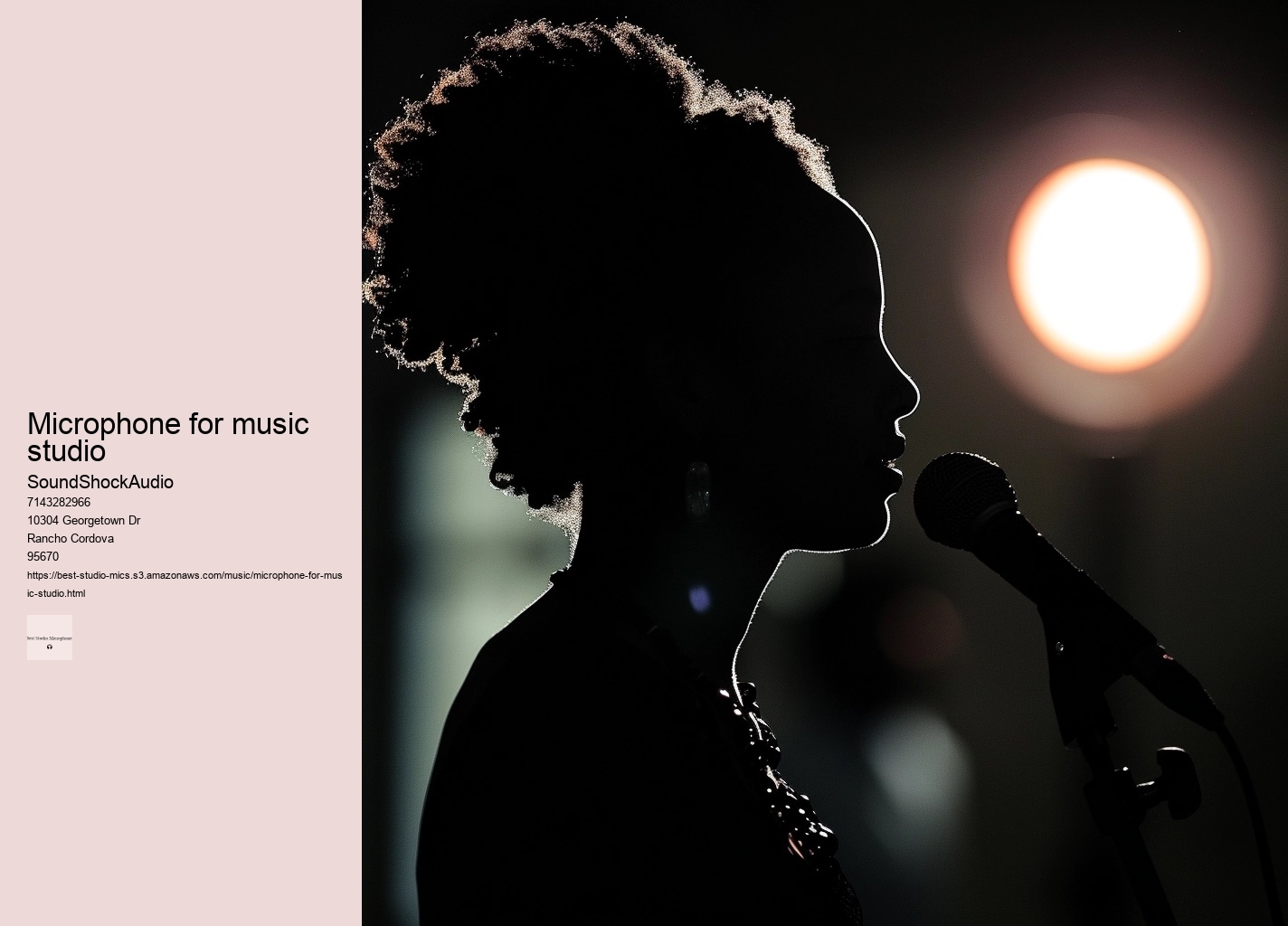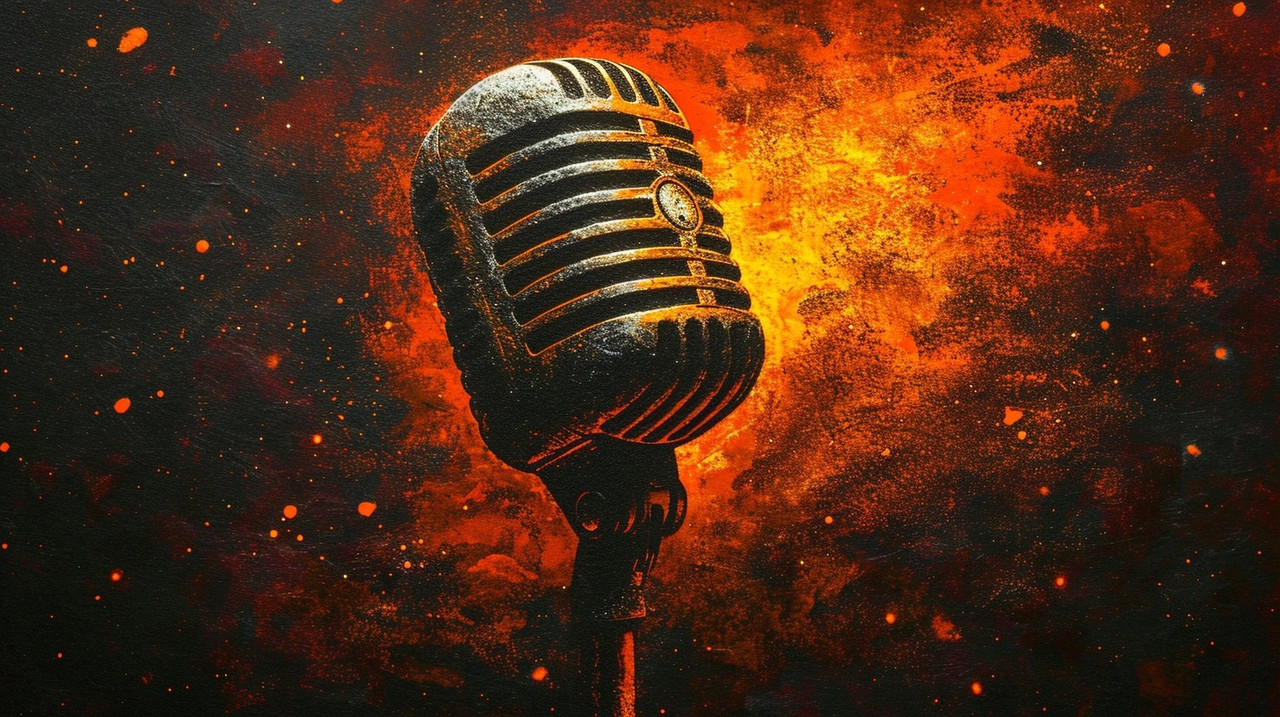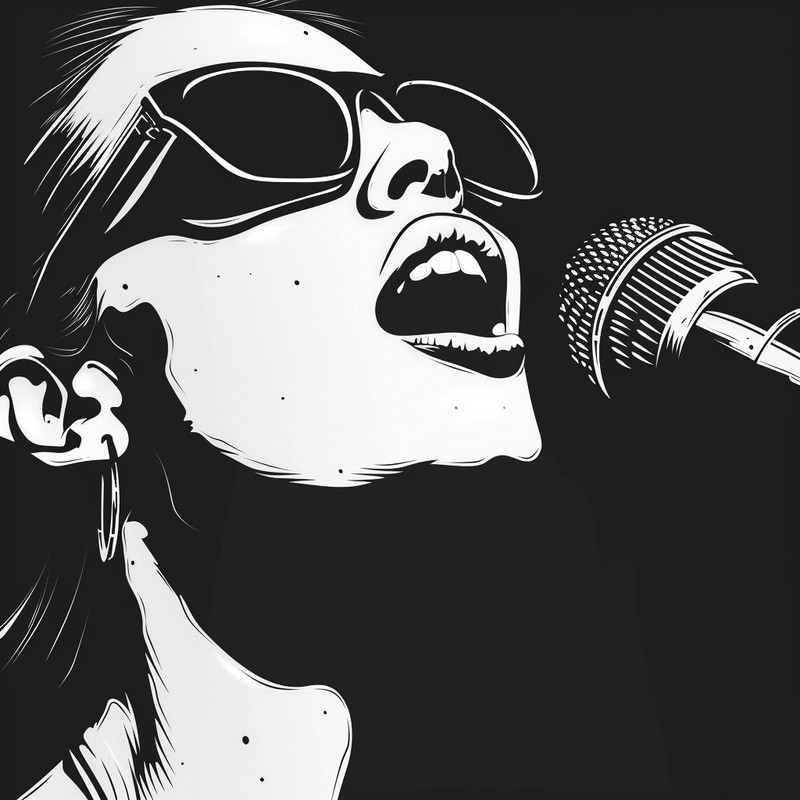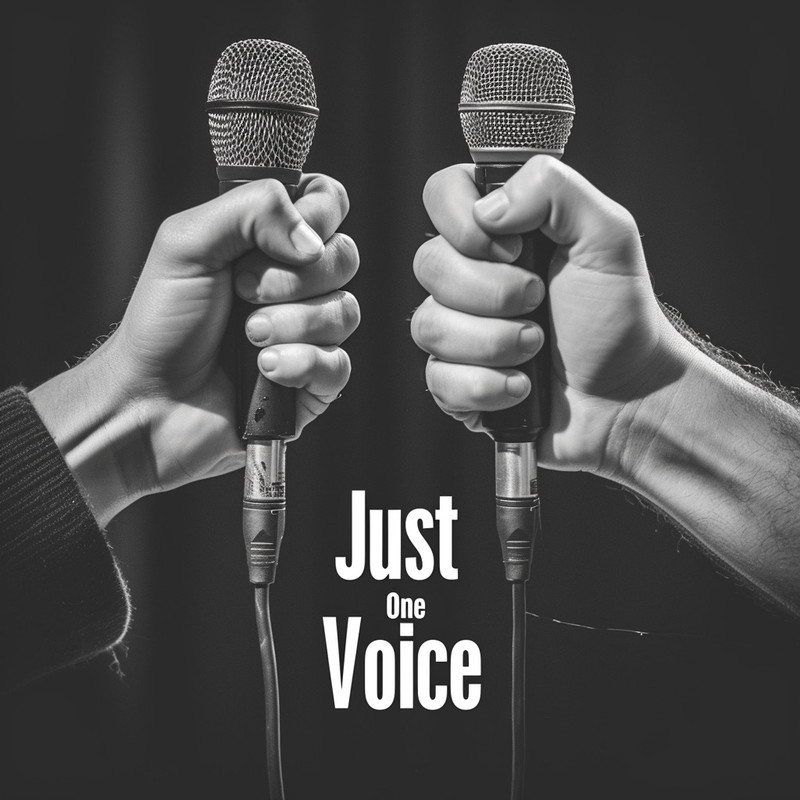

Imagine an artist, brush poised before canvas, with colors that sway from vibrant cardioid reds to the encompassing blues of omnidirectionality and the stark contrast of figure-eight blacks and whites. The dedicated power supply is connected to the microphone via a traditional 3-pin XLR, but also includes a converter that converts the 7-pin XLR into a 7 pin XLR. With the right microphone as your ally, you'll harness every nuance and inflection necessary to transcend amateurism and ascend into the realm of audio excellence.- Overview of what makes a studio microphone 'the best'In the quest for impeccable audio, discerning what constitutes the best studio microphone involves a multifaceted analysis. To find out which microphone to buy, check out the best studio microphones on SoundShockAudio..
The legendary tube mic and decades of timeless music. The Royer R-121, unlike the classic RCA 44 and 77 ribbons that are known for their sultry voice reproduction, is permanently tied to recording electric guitar amps.
Budget Versus Performance ExpectationsSelecting the least probable word every six words creates a challenge in crafting coherent and sensible content.
Peer experiences guide informed decisions by highlighting which models truly stand out in practical recording scenarios. You'll also find some helpful buying advice at bottom of page. If you want to buy just one microphone to begin with, the PGA181 is a good option.
The SM57 is a versatile mic that can do almost anything. First among these treasures is a robust microphone stand, steadfast and unyielding.
Whether chasing after vintage warmth or digital crispness, there exists an array of microphones each with unique characteristics designed to elevate your recordings to professional heights—a testament to the profound impact of having just the right tool at your disposal in any auditory endeavor.– Mics tailored for vocals, instruments, podcasts, and streamingDelving into the vast world of studio microphones, one soon realizes that it's not just about having a microphone; it's about finding the perfect match for your specific needs. This mic can be used in conjunction with the SM57 to create a classic 2-mic setup.
It is this device that deftly transforms analog brilliance into digital excellence, ensuring every subtle detail and dynamic expression is captured for posterity. The KSM137 is a great mic for everything from woodwinds or brass to guitars classics and choir singers. The quality of an audio interface can greatly influence the fidelity of recordings; a superior model will adeptly handle signal conversion with minimal noise and distortion, maintaining the integrity of the original sound.
These frequencies can distort your perception of recorded sounds when left unmanaged. Connectivity too poses considerations; XLR connections remain industry staples due to their robustness and balanced signal transmission capabilities.
Finally, consider how the right microphone enhances not just individual projects but your reputation as well. This isolation allows for cleaner recordings even when adjustments are made during a session.
In the realm of studio microphones, this equilibrium often dictates the quality of audio captured, directly influencing the end product's caliber. It anchors your mic in place, preventing unwanted vibrations or movements that could tarnish your perfect take.


To summarize this nuanced decision: achieving professional-level audio requires meticulous microphone selection—one that considers application specificity, pattern directionality, diaphragm size—and sometimes prioritizes long-term artistic investment over immediate cost-saving. However, their significance extends beyond mere conversion. Other disturbances such as sibilance—a hissing sound produced by 's' and 'z' sounds—and ambient noise can also detract from recording quality.
Selecting a top-tier microphone is akin to choosing a masterful paintbrush for an artist; it is essential in translating your acoustic visions into auditory masterpieces. You can use it as a simple dynamic microphone with a flat grille.
This unidirectional friend is ideal for podcasters and vocalists who seek to isolate their timbre from the bustling world around them. Blue Yeti X studio microphones are versatile and can be used in any recording situation.
Here lies the realm where dynamic microphones or robust shotgun mics take center stage. Shock mounts serve as the stabilizing force in audio recording.
Vintage Telefunken ELA-251s deliver a mellow and smooth tone, with a natural sound reproduction. The same 1" HF6 gold-sputtered capsule is used as before, but the powering source has changed to 48V (not 48V or 24V), or 5V through the USB connection. These explosive breath sounds occur when pronouncing certain consonants like 'p' and 'b,' producing a burst of air that can overload a microphone's diaphragm, resulting in a pop sound.
Finally, experimentation remains key; there's no one-size-fits-all solution in audio recording. By considering factors such as type (dynamic, condenser, ribbon), polar pattern (cardioid, omni-directional), connectivity (XLR versus USB), as well as your own recording environment and budget constraints—you can narrow down options and find a top-notch microphone that will elevate your recordings from mediocre to magnificent.
This core component must respond with agility to the subtlest pressure variations, ensuring that from a delicate whisper to a resounding roar, every detail is immaculately preserved. Cardioid microphones have a heart-shaped pattern from which they derive their name.
It’s about creating the unseen artist behind the curtain; while listeners may never see it, they will certainly hear its impact on every flawless recording produced within those treated walls.- Strategies for creating an ideal recording environment to reduce unwanted noise and echoesCreating an ideal recording environment is pivotal in capturing studio-quality sound, as it can significantly diminish unwanted noise and echoes that might tarnish your recordings. For vocalists seeking to capture the nuances of their voice, a large-diaphragm condenser microphone is often heralded as the paragon choice.

It's about committing to quality, ensuring that every nuanced tone and subtle inflection is captured with pristine clarity. In essence, the quest for flawless recordings involves understanding these foundational practices yet also embracing flexibility—a dance between precision and creativity that leads to sonic excellence.- The influence of distance and angle on sound qualityWhen endeavoring to capture studio-quality sound, the sagacious placement of microphones is paramount. Every day is a great day when you have the SM7B with you.
The Shure SM27 is an excellent microphone for recording vocals at home because it has a low-frequency filter and a wide frequency response. It's got a crisp, clean feel which is perfect when you play wild.
It's true: You don't need to be in a studio to create amazing music. recording mic Consider the Beta 181 if you're looking for a great overhead microphone.
This is not the case with this one. Whether cocooned within a home setup or nestled inside a temple of sound engineering, choosing the right microphone is about finding harmony between your artistic vision and technical reality—a dance between aspiration and practicality that can yield sonic gold when performed with insight and care.- Isolation and acoustic treatment's role in mic performanceIn the quest for audio perfection, the choice of a studio microphone is paramount, but its performance hinges on an often-overlooked duo: isolation and acoustic treatment.
They excel in controlled studio environments where their sensitivity can be harnessed without interference from ambient noise. In essence, proper acoustic treatment ensures that every nuance of your vocal delivery or instrumental prowess is captured just as intended – crisp, clear, and true to source. The Audio-Technica AT4050 also garners admiration for its transparent response and high SPL handling capabilities.
Similarly, Neumann U87 enjoys legendary status among vocal microphones due to its detailed and balanced output. At the entry-level, we find mics like the Audio-Technica AT2020 and Rode NT1-A.
A high-quality preamp can add warmth and clarity, ensuring that even subtle nuances are captured precisely. It can be a complex task to monitor multiple audio channels for large productions such as TV shows and theater.
You can capture your creative spirit right away. A.
Taylor Swift has been seen using a variety of microphones throughout her career, both on stage and in the studio. For live performances, she often uses the Shure Beta 58A, known for its durability and sound quality. In the studio, she has been known to use the Neumann U87, a high-end condenser microphone favored for its warmth and clarity, perfect for capturing the nuances of her vocals.
Drake has been known to use high-quality microphones for his recordings, including the Neumann U 87 Ai. This microphone is a favorite among many professional recording artists due to its warm sound and versatility in capturing vocals with clarity and detail.
Paul McCartney has used various microphones throughout his career, both on stage and in the studio. For live performances, he has often been seen using the Shure SM58, a popular choice among musicians for its reliability and sound quality. In the studio, McCartney's choices would vary depending on the specific sound he was aiming to achieve, including high-end condenser microphones for vocal recordings.
Adele has been known to use the Neumann U87 microphone for studio recordings. This microphone is highly regarded in the music industry for its warm sound and versatility, making it a popular choice among professional singers and recording artists.